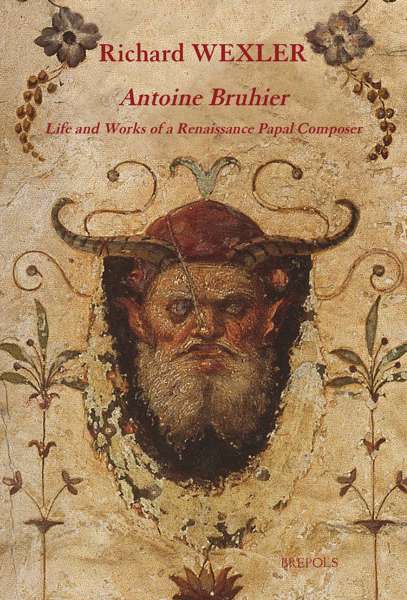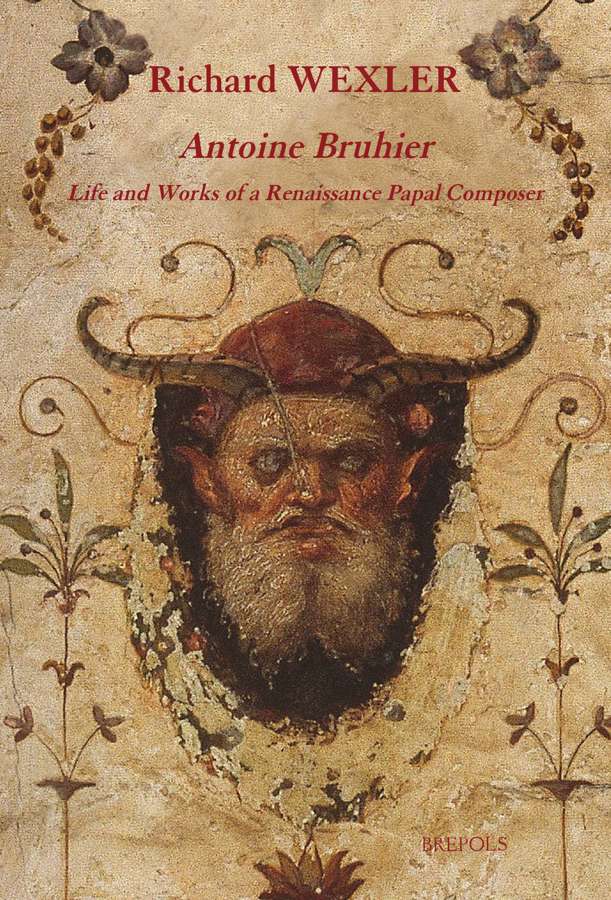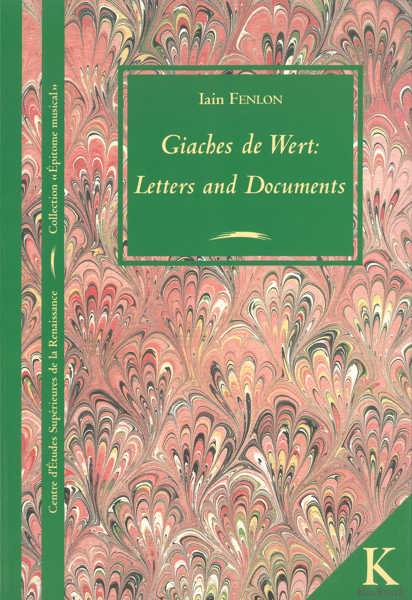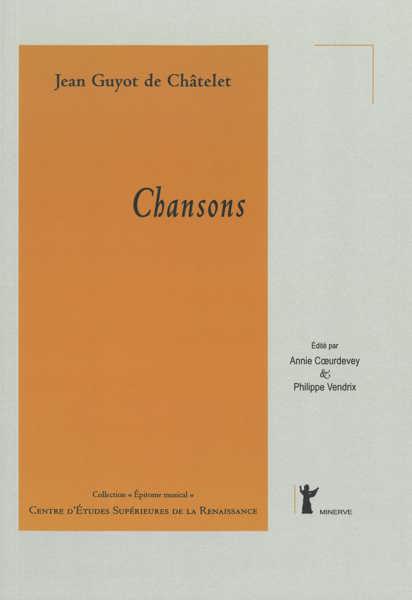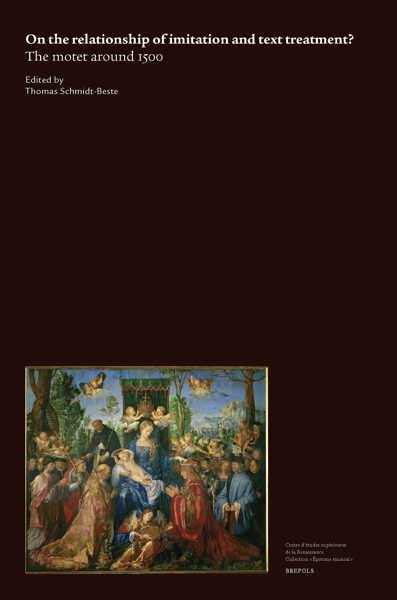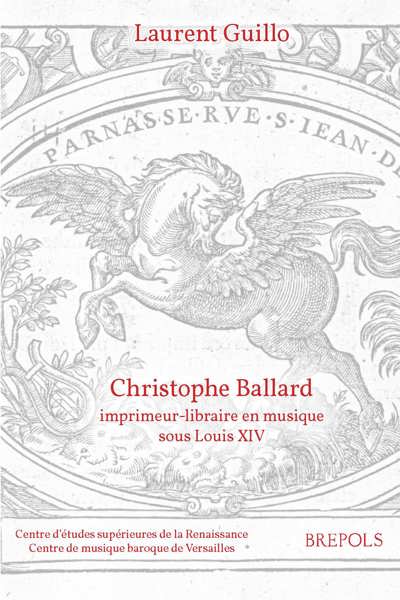
Antoine Bruhier: Life and Works of a Renaissance Papal Composer
Richard Wexler
- Pages: 556 p.
- Size:186 x 271 mm
- Illustrations:5 b/w
- Language(s):English
- Publication Year:2014
- € 90,00 EXCL. VAT RETAIL PRICE
- ISBN: 978-2-503-55329-0
- Paperback
- Available
« R.W. doit être félicité pour avoir si adroitement sorti Bruhier de l’obscurité. Son livre est d’une immense valeur pour les chercheurs et les musiciens. Il est à espérer que ce dernier groupe en particulier sera inspiré par l’étude de R.W. car Bruhier demeure presque entièrement absent des enregistrements musicaux, alors que sa musique fraîche et attractive animerait sans aucun doute les programmes de concerts. » (David Burn, dans Le Moyen Âge, 3-4, 2019, p. 675)
The twenty surviving works of Antoine Bruhier (b. c. 1460 or 1470; d. after 1521) raise an unusually large number of tantalizing, sometimes perplexing, and ultimately thought-provoking issues. His earliest known composition, for example, is Latura tu, No. 7 in the present edition, published by Petrucci in the Odhecaton of 1501. This chanson finds itself in extremely good company, being immediately preceded by Hayne van Ghizeghem’s A la audienche and followed by Josquin’s canonic De tous biens playne a 4. Petrucci’s publication, as it happens, constitutes the first dated record in existence for Bruhier. Except for the probable fact that he was born in Noyon, in northern France, little else is known of his whereabouts or his development as a musician before 1504, when he was said to have been maître [de musique] in the maîtrise of Langres Cathedral.
It appears that he occupied the position in Langres for only a brief period before becoming mired in financial and legal difficulties, ultimately being supplanted in November of 1504. Surviving documents place him in Ferrara in 1505 in the service of the sons of duke Ercole I d’Este, but there is reason to believe that he may have composed his Missa Hodie scietis, no. 18, in late 1504 in the last months of duke Ercole’s reign. A letter from Bruhier, perhaps a holograph, also suggests that his Ferrarese employers found him entertaining. After working briefly for the duke of Urbino, he returned to Ferrara, but in all likelihood he had left Este service by 1507 or 1508. Where he was, however, between then and 1513 is completely unknown today.
In that year, Bruhier became a member of the private chapel of the newly elected pope Leo X (Giovanni de’ Medici), the first singer-composer, it seems, of French or Flemish origin in that organization. It was presumably while in this position that he wrote four of the most obscene songs in the history of music, Nos. 2, 3, 4, and 5. The fundamental question raised by these works is: Why would Bruhier, a papal musician, have chosen to write such pieces in the first place? A case is made below for their being music intended for the intermedi of the theatrical productions so loved by this ecclesiastical son of Lorenzo de’ Medici, the "Magnificent."
Of Bruhier’s four surviving motets, a setting of the sequence Ave celorum regina may be the composition for "nostra donna" mentioned in his letter and, if so, was written before or during his sojourn in Ferrara. However, there is reason to doubt that it is a liturgical work because of the insertion of a superfluous line in its first stanza that introduces a seriously flawed and absurd rhyme. The remaining three appear to have been composed during Bruhier’s service at the Vatican. The best known of these at present, Vivite felices, praises the pope and the new king of France together, and is believed to have been composed for the famous meeting of Leo X and Francis I at Bologna in December, 1515. Ecce panis angelorum is a setting of selected verses, although not in order, of the Gregorian sequence Lauda Sion Salvatorem, and, while the text of Ave color boni vini is in the form of a sequence, the sentiments expressed concern drinking to excess. Therefore, these three works are also not liturgical music, and no copies of Bruhier’s motets were included in the known repertory of the Sistine Chapel Choir.
Bruhier’s skillfully composed music was the product of an intelligent, original, and lively mind, albeit one with a pronounced Rabelaisian bent. This, of course, may have been precisely what made him especially attractive to such sophisticated patrons of the era as the sons of duke Ercole I d’Este of Ferrara, the duke of Urbino, and Leo X.
